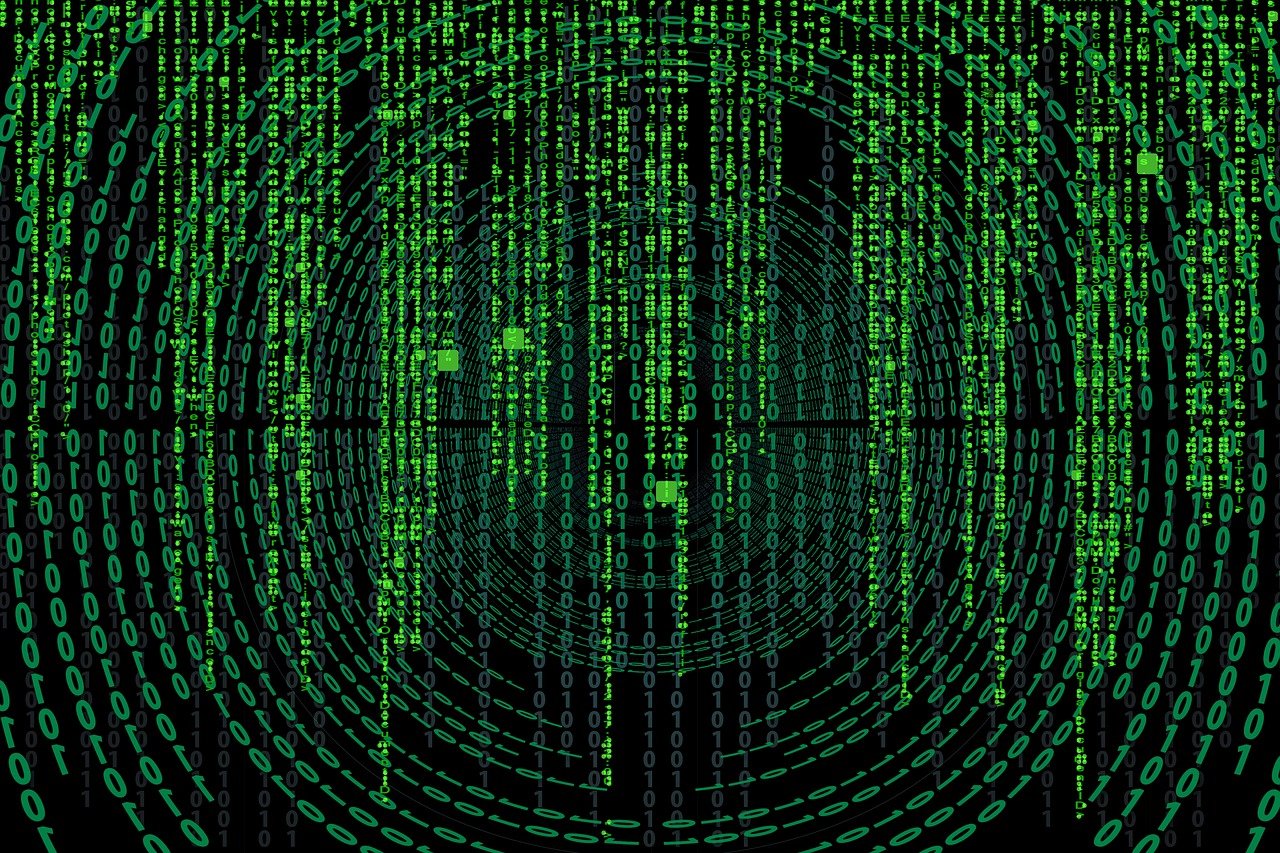
Windows is the most popular operating system in the world, and as such, it is a common target for hackers. Since its inception in July, Windows 10 has received quite a few good reviews; however, it is still susceptible to attacks. For IT workers, this means being ready to support/defend another type of Windows OS as time goes on. Even if all your devices use the same Windows operating system, keeping track of vulnerabilities and updates for different versions can take time and effort.
As technology evolves, cyberattacks become more sophisticated, now, hackers are carrying out attacks on social networks. By falling victim to these attacks, hackers can take control of your computer. That is why you must learn All about FACEBOOK SCAMS on yourcybertips to protect your devices.
This blog post will discuss ten ways to secure your Windows environment and protect your data. Following these tips will help keep you safe online and ensure your computer is not compromised.
1. Locate Unknown/Unsafe Firmware and 3rd-Party Firmware Changes
Lenovo has been having a lot of problems with malware. First, there was the Silverfish malware, and recently they were caught installing software on their devices again. This time it was a difficult-to-delete application that was hidden in the firmware. This is usually not a good thing and can introduce security flaws to your computer or device.
More recent versions of Windows (7, 8, 10, and Windows Server) use a different system to start your computer or device. This system is called UEFI, and it is made by different companies that make hardware for your computer or device. Some companies may not be as honest as others, so we must find out which companies are not trustworthy and see if their products risk our security.
2. Update or change Drivers
Today’s computers use many hardware devices and services. This can often lead to drivers being incompatible or vulnerable. New security gaps can be introduced this way. A couple of months ago, Microsoft released a patch to address font driver vulnerabilities in Windows. Overall, detecting vulnerabilities should encompass not only software packages but also separate elements like drivers. Out-of-date and/or unsupported drivers should be completely deleted from systems.
3. Fix any holes in security introduced by non-Microsoft software
Although Microsoft provides a wealth of Redmond-approved applications and comes with a solid patching history, this alone is often insufficient to meet an organization’s needs completely. It’s inevitable that, eventually, your company will utilize some form of 3rd party software. For this reason, it is essential to understand the vulnerabilities of each package to gauge their effect on your company’s security posture accurately.
4. Vulnerabilities in Windows-Bundled Software
Windows 10 has several apps such as Photos, Groove Music, and Skype, that are automatically installed on every user account. However, like all software programs, they each have their own specific vulnerabilities and flaws. To ensure complete security of your system, you should scan for vulnerabilities in both the Windows operating system and bundled apps.
5. Data Encryption Should be Enforced
Encrypting sensitive data is critical for protecting your company’s information. Many recent versions of Windows have built-in encryption through BitLocker, though it may not be enabled by default. Make sure to turn on encryption and regularly update the software used for it.
6. Make Local Administrator Accounts More Secure
Many times, users rely on the default local administrator account for their daily tasks. This often opens up vulnerabilities since it is easier for malware to exploit. It is recommended that you create separate standard user accounts and use those instead of the default administrator account. Re-naming an administrator account provides a quick and easy way to add an extra layer of protection against brute force attacks. A less common name makes it harder for hackers to gain access to your account—though, in recent versions of Windows, local administrator accounts are disabled by default.

7. Deactivate Guest/Anonymous Accounts
Some versions of Windows come with a guest account, and anonymous accounts enabled. Hackers can easily exploit these, so it’s important to disable them entirely or require a password for access. You should disable any guest or anonymous accounts that are being used by Windows, as well as any other Windows-related services. This includes services like MS SQL, Exchange, and Sharepoint. Make sure to disable all of these accounts, not just some of them.
8. Limit Use of LAN Manager
The old LAN Manager and NTLMv1 protocols have security risks and should not be used. LM hash storage should be disabled, as LM password hashes can easily be converted back to plain text.
NTLMv1 should be disabled in favor of the more secure NTLMv2.
9. Use proper password management principles
Having strong passwords is crucial to protecting your system. All accounts should have unique and complex passwords that are frequently changed and should never be shared with anyone else. Additionally, implementing two-factor authentication adds an extra layer of security for important accounts.
10. Install a Firewall, IDS/IDPS and Antivirus/AntiMalware
Firewalls, intrusion detection and prevention systems, antivirus/antimalware software, and regularly updating all of these are essential for protecting your system. These measures can help prevent unauthorized access, identify potential threats, and remove malicious software. Make sure to update each of these regularly as new vulnerabilities or malware become known.
Conclusion
Overall, implementing the above measures can greatly improve the security of your Windows system. It’s important to continuously monitor and update your security posture to stay ahead of potential threats. As new vulnerabilities are discovered, make sure to update and patch any affected software and systems in a timely manner. Keeping an eye on current security news is also recommended to stay informed about potential threats and how they may affect you.

